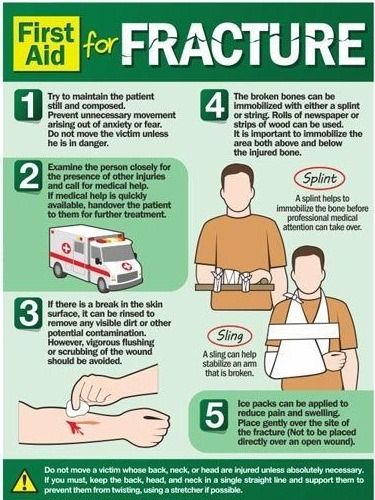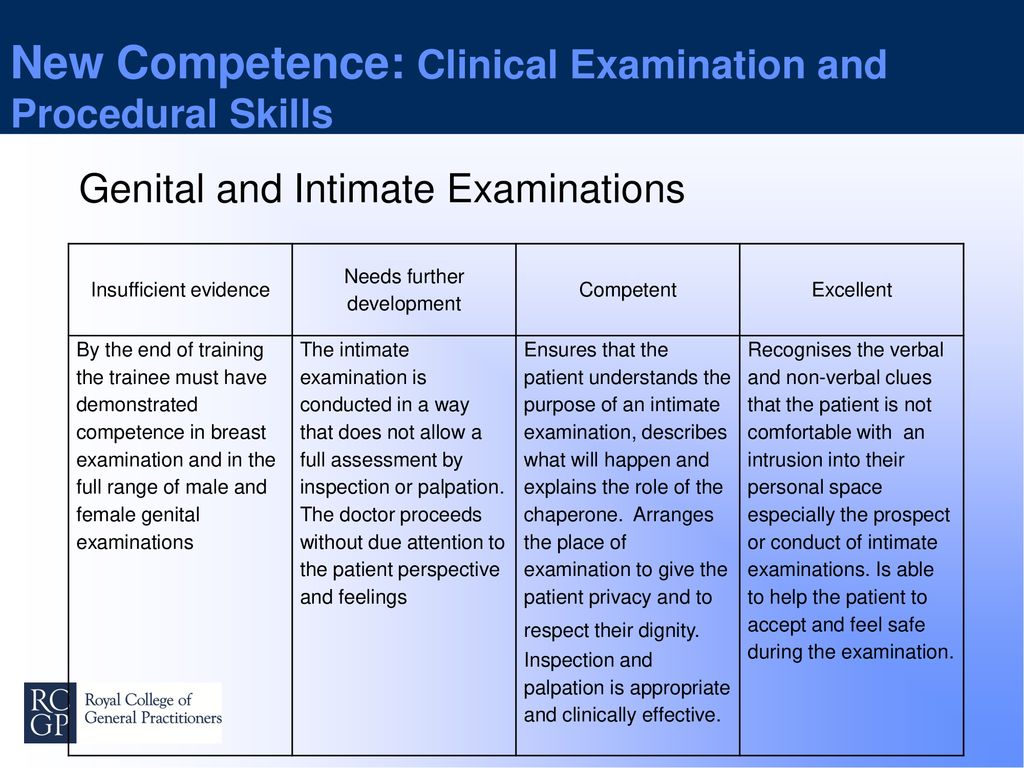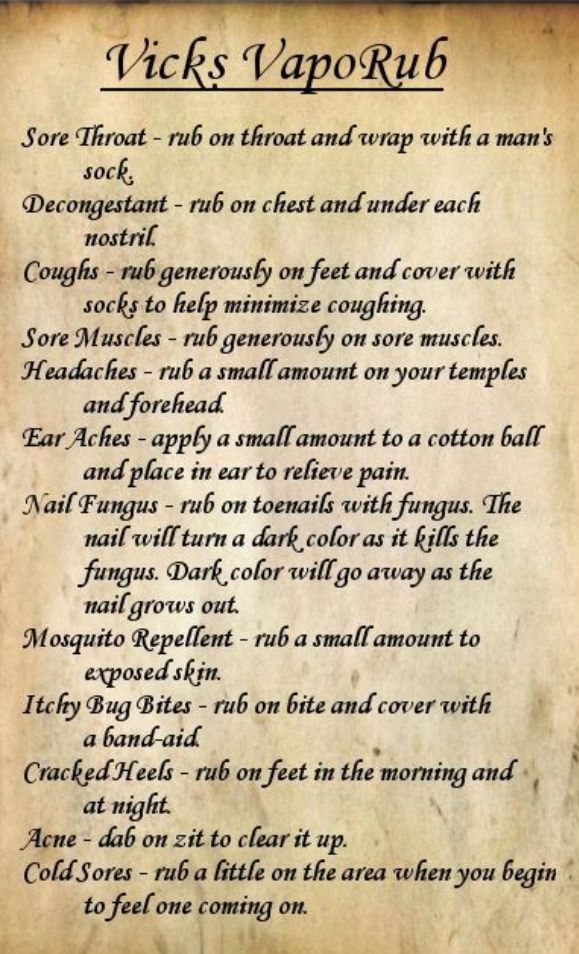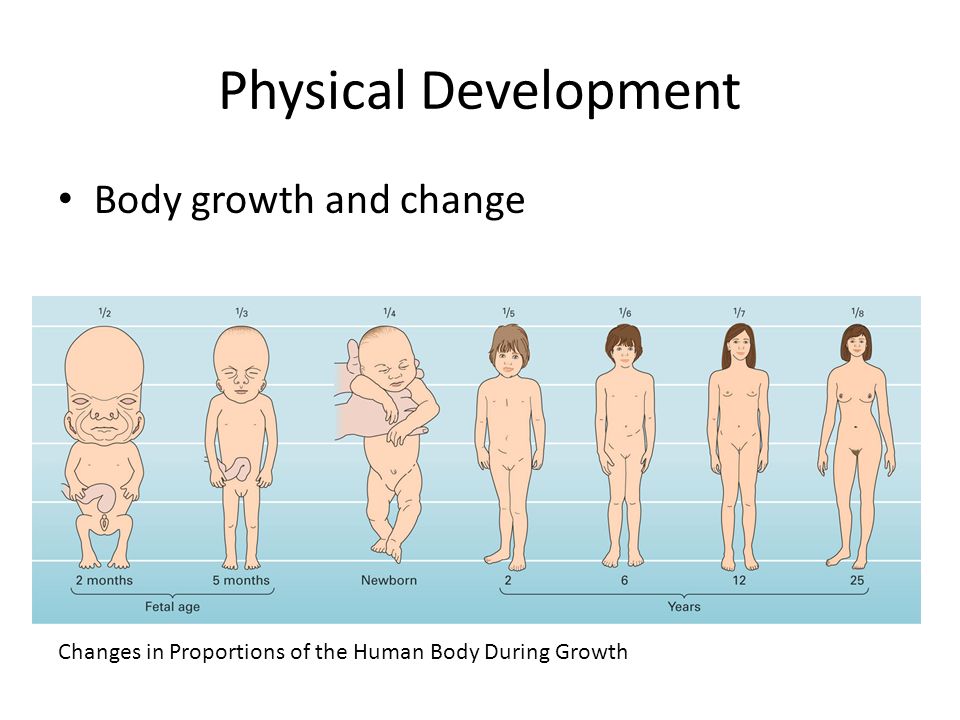What tool do doctors use to break your water
A Guide to Delivery Room Labor Tools
Don’t be alarmed when you see a nurse don a sterile hat, mask and gloves—all it means is that you’re getting close to delivery and it’s time to set up the doctor’s table. But some of the standard labor tools might not look so familiar to you. To help you mentally prepare, here’s a breakdown of the medical tools you might spot being set up. There’s a lot you can’t control during birth, but hey, at least you can know what’s being used and why.
1
Image: Jenny Tod
Amniotic hook
This long crochet-like hook is used in the early stages of delivery to break your water, otherwise known as rupturing the membrnaes, if it hasn’t naturally happened on its own. To break your water, the doctor will insert the amniotic hook and use it to puncture the amniotic sac. You might feel some slight discomfort as the device enters your vagina, but as for the actual water breaking, most women only feel a big, warm gush of liquid.
2
Image: Jenny Tod
Speculum
This old friend (think back to all those gynecological exams) is used early in delivery to open your vagina and get a better look at your cervix to see how dilation and effacement are coming along.
3
Image: Jenny Tod
Forceps
Resembling large salad tongs, forceps are generally used if baby needs some help making her way through the last part of the birth canal, or if mom’s been pushing for a while and needs an assist. The forcep ends are curved to fit snugly (but not tightly) around baby’s head and gently pull her out as mom pushes.
4
Image: Jenny Tod
Vacuum
An alternative to forceps for an assisted delivery, a vaccuum extractor can help deliver baby through the use of suction. A small suction cup is attached to the top of baby’s head and pulls as mom pushes. Don’t be alarmed if baby comes out looking a little conehead-like—newborns’ heads are super-soft and pliable, and in a few days baby’s noggin will regain its normal shape.
5
Image: Jenny Tod
Scissors
You’ll likely catch sight of a couple different pairs of scissors in the delivery room. One pair will be used to cut baby’s umbilical cord. Another will be used if you need an episiotomy. In that case, your doctor will have to cut into the perineum (the skin between the vagina and anus) to help baby fit through. The good news is, episiotomies aren’t very common these days.
In that case, your doctor will have to cut into the perineum (the skin between the vagina and anus) to help baby fit through. The good news is, episiotomies aren’t very common these days.
6
Image: Jenny Tod
Hemostat
This clamp may look a lot like a pair of scissors, but it doesn’t have the same sharp blades. Instead of cutting, it’s used to contain any bleeds, hold sutures and—most importantly—clamp the umbilical cord before it’s cut.
7
Image: Jenny Tod
Sponge Holders
To keep any bleeding during delivery under control, your doctor may apply pressure with highly absorbent laparoscopic sponges. She’ll use sponge holders—ringed tools that look sort of like forceps—to keep a grasp on the gauzy sponge.
8
Image: Jenny Tod
Scalpel
Unless you’re having a c-section, your doctor probably won’t use this—but it may be kept on hand.
Please note: The Bump and the materials and information it contains are not intended to, and do not constitute, medical or other health advice or diagnosis and should not be used as such. You should always consult with a qualified physician or health professional about your specific circumstances.
You should always consult with a qualified physician or health professional about your specific circumstances.
save article
Pregnancy Week by Week
Select your week below to track each stage of your third trimester.
Next on Your Reading List
How to Get Your Water to Break: Inducing Safely
How to Get Your Water to Break: Inducing SafelyMedically reviewed by Katie Mena, M.D. — By Chaunie Brusie on October 3, 2016
We include products we think are useful for our readers. If you buy through links on this page, we may earn a small commission. Here’s our process.
Healthline only shows you brands and products that we stand behind.
Our team thoroughly researches and evaluates the recommendations we make on our site. To establish that the product manufacturers addressed safety and efficacy standards, we:
- Evaluate ingredients and composition: Do they have the potential to cause harm?
- Fact-check all health claims: Do they align with the current body of scientific evidence?
- Assess the brand: Does it operate with integrity and adhere to industry best practices?
We do the research so you can find trusted products for your health and wellness.
Is it safe to break your water to induce labor?
If your water is being broken under the management of your doctor, it is generally a safe procedure. But you should never try to break your water at home without supervision. Your labor could start very quickly after your water is broken, or the baby may be in a dangerous position that could cause a complication.
Having your doctor break your water
Having your doctor break your water is a simple procedure, if recommended. Once you are dilated far enough, your doctor will use a small hook to gently break the bag of waters.
A nurse will keep a close eye on your baby’s heartbeat before, during, and after the procedure to make sure there are no complications. Sometimes losing that cushion of water means the baby will shift positions, so it’s important that you be monitored during and after your water has broken.
Other ways to induce labor at home
Ways to induce labor at home include the following:
Herbal supplements
Herbs like blue cohosh and raspberry leaves are sometimes used as holistic remedies for labor induction. But there aren’t any reputable studies on their efficacy. They also carry some risks. You may experience some unpleasant side effects. For example, blue cohosh can lead to diarrhea.
But there aren’t any reputable studies on their efficacy. They also carry some risks. You may experience some unpleasant side effects. For example, blue cohosh can lead to diarrhea.
Sex
When it comes to inducing labor, good old-fashioned sex might be your best bet. Sex can stimulate the cervix. It’s thought that sperm might contain prostaglandins that stimulate labor. Labor onset is common within one week of having sex.
Nipple stimulation
Nipple stimulation is an effective way to help support labor for women who’ve already gone into labor naturally. It might play a role in inducing labor naturally, too. Stimulating the nipples releases oxytocin in the body (the hormone that causes the uterus to contract). Unfortunately, it’s difficult to stimulate the nipples enough to produce the levels of oxytocin needed to start labor.
Exercise
Experts aren’t sure if exercise effectively induces labor. But regular exercise during pregnancy may lower your risk of having a cesarean delivery. It’s important to continue your exercise routine, even up until your due date.
It’s important to continue your exercise routine, even up until your due date.
Castor oil
Using castor oil for labor induction has mixed results. Some studies have found that using castor oil to induce labor in women who are close to their due dates can be helpful, with others have found that it really doesn’t work. If you do decide to try castor oil, be sure to talk to your doctor about it and don’t try to induce labor unless you’re at least 39 weeks. Also, be sure to be near a bathroom, because castor oil stimulates the bowels to empty.
Shop for castor oil.
What are the risks of inducing labor?
There are risks to trying at-home induction techniques. The biggest risk would be if you’re preterm and your baby isn’t head-down. Induction techniques to break your water may carry a risk of your baby’s umbilical cord slipping out before their head. This is a life-threatening emergency called cord prolapse.
What to do in an emergency
Call 911 if your water breaks at home and you notice any bright red bleeding, or a dark brown color in your water. The bleeding or brown meconium could indicate an emergency. If you notice anything that looks shiny and smooth, like your baby’s umbilical cord, call 911. You’ll need to get on your hands and knees immediately to try to take pressure off of the cord.
The bleeding or brown meconium could indicate an emergency. If you notice anything that looks shiny and smooth, like your baby’s umbilical cord, call 911. You’ll need to get on your hands and knees immediately to try to take pressure off of the cord.
Next steps
Unfortunately, there’s not one proven method for inducing labor safely. Your best bet is to try to stay comfortable, keep up with your regular checkups, and talk to your doctor about how to help ensure that your labor progresses normally.
Last medically reviewed on October 4, 2016
- Parenthood
- Pregnancy
- 3rd Trimester
How we reviewed this article:
Healthline has strict sourcing guidelines and relies on peer-reviewed studies, academic research institutions, and medical associations. We avoid using tertiary references. You can learn more about how we ensure our content is accurate and current by reading our editorial policy.
- Atrian, K., Sadat, Z., Rasolzadeh, B., Abbaszadeh, F., & Jafarabadi, A. (2014, December 26). The association of sexual intercourse during pregnancy with labor onset. Iranian Red Crescent Medical Journal, 17(1)
ncbi.nlm.nih.gov/pubmed/25763253 - Demirel, G., & Guler, H. (2015, October). The effect of uterine and nipple stimulation on induction with oxytocin and the labor process. Worldviews Evidence Based Nursing, 12(5), 273-80
ncbi.nlm.nih.gov/pubmed/26444882 - Domenjoz, I., Kayser, B., & Boulvain, M. (2014, October 1). Effect of physical activity during pregnancy on mode of delivery. American Journal of Obstetrics and Gynecology, 211(4), e401-11
ncbi.nlm.nih.gov/pubmed/24631706 - Sanchez-Ramos, L., & Kaunitz, A. (2009, April). Induction of labor. Global Library of Women's Medicine
glowm.com/section_view/heading/Induction%20of%20Labor/item/130 - Tenore, J.
 L. (2003, May 15). Methods for cervical ripening and induction of labor. American Family Physician, 67(10), 2123-2128
L. (2003, May 15). Methods for cervical ripening and induction of labor. American Family Physician, 67(10), 2123-2128
aafp.org/afp/2003/0515/p2123.html
Our experts continually monitor the health and wellness space, and we update our articles when new information becomes available.
Current Version
Oct 4, 2016
Written By
Chaunie Brusie
Edited By
Frank Crooks
Medically Reviewed By
Katie Mena, MD
Share this article
Medically reviewed by Katie Mena, M.D. — By Chaunie Brusie on October 3, 2016
related stories
Natural Ways to Induce Labor
Is It Safe to Use Exercise to Induce Labor?
How to Start Labor Contractions Naturally
How Nipple Stimulation Works to Induce Labor
How to Dilate Faster During Labor: Is It Possible?
Read this next
Natural Ways to Induce Labor
Medically reviewed by Meredith Wallis, MS, APRN, CNM, IBCLC
There are some natural ways to induce labor.
 If your due date is here, read this and talk to your doctor about what's right for you.
If your due date is here, read this and talk to your doctor about what's right for you.READ MORE
Is It Safe to Use Exercise to Induce Labor?
Medically reviewed by Michael Weber, MD
If you’re pregnant and past your due date, you might wonder if exercising will help induce labor. Here’s the truth.
READ MORE
How to Start Labor Contractions Naturally
If you’ve gone past your due date, you might be anxious to meet your baby-to-be. Here are some natural ways to start contractions.
READ MORE
How Nipple Stimulation Works to Induce Labor
Medically reviewed by Meredith Wallis, MS, APRN, CNM, IBCLC
If you’re pregnant and past your due date, you might want to try nipple stimulation to get labor started. Here’s what you should know.

READ MORE
How to Dilate Faster During Labor: Is It Possible?
Medically reviewed by Michael Weber, MD
As you approach your due date and delivery, you might be wondering how to speed up the process. Here’s what you need to know about inducing labor and…
READ MORE
Does Evening Primrose Oil Safely Induce Labor?
Medically reviewed by Debra Rose Wilson, Ph.D., MSN, R.N., IBCLC, AHN-BC, CHT
You may hear of women taking evening primrose oil to naturally induce labor. Read about this supplement and its safety and effectiveness.
READ MORE
The Best Pregnancy Apps of 2020
These are the best iPhone and Android apps to find information, answers, tools, and tracking during your pregnancy. From scheduling doctor’s visits…
READ MORE
7 Books That Shine a Light on Pregnancy
For everything from what to eat during pregnancy to how to plan for birth and what comes after, check out these best pregnancy books!
READ MORE
Your Guide to a Pregnancy-Safe Skin Care Routine
When you're expecting, pregnancy-safe skin care can help ensure the health of you and your baby.
 We'll tell you what to avoid — and some good…
We'll tell you what to avoid — and some good…READ MORE
Can Ectopic Pregnancy Be Diagnosed With Ultrasound?
Medically reviewed by Valinda Riggins Nwadike, MD, MPH
Ectopic pregnancy is a serious condition that requires accurate and swift diagnosis. Ultrasound for ectopic pregnancy diagnosis is just one tool your…
READ MORE
Order medical device for listening to breathing
To listen to the work of the internal organs of a person, a special device is used - a stethoscope. With its help, organs such as the lungs, bronchi, intestines are tapped. A medical device for listening to breathing, the price of which is quite affordable, was invented at the beginning of the 19th century. In addition to a stethoscope, another similar device is used - a phonendoscope. The difference between them is that the first is used to listen to low heart or intestinal frequencies, and the second to high frequencies of blood vessels or lungs. nine0003
nine0003
The stethoscope consists of the following parts:
- Head applied to the body.
- The sound tube is a hose that conducts sound from the head.
- Earpieces are metal tubes that fit over the doctor's ears.
- Olives - attachments at the ends of the temples.
Stethoscope head available in plastic, steel or aluminum. The preferred option is a steel head. It is better to choose a thicker sound pipe made of vinyl rather than rubber. More comfortable are soft rubber olives that adapt to the shape of the ears. It is also recommended to order a medical device for listening to breathing with a metal spring that tightens the temples. nine0003
For more information, please call +7 495 744 0730
or by ordering a callback.
Stethoscopes and phonendoscopes are actively used by doctors in many specialties, such as cardiology, pediatrics, pulmonology, ambulance workers and even veterinarians. The reason for such a wide distribution is ease of use and great opportunities for obtaining information from the sounds of human breathing. In Moscow, separate devices are used to listen to the breathing of small children, adults and pregnant women. nine0003
The reason for such a wide distribution is ease of use and great opportunities for obtaining information from the sounds of human breathing. In Moscow, separate devices are used to listen to the breathing of small children, adults and pregnant women. nine0003
The following types of medical device for listening to breathing can be ordered:
- Therapeutic.
- Neonatal.
- Pediatric.
- Rappaport Stethoscope.
- Cardiology.
- Obstetrics.
- Electronic.
All of the above types of stethoscopes are used in specific cases, but there are also universal models. For example, the Rappaport stethoscope is used to auscultate adults and children. It is quite heavy, as it has 2 sound ducts and the ability to install different membranes and funnels. An electronic stethoscope differs from other devices, as it has a built-in microphone that converts breathing sounds into electronic signals. Before hitting the olives, these signals are processed once again. Phonendoscopes are used only binaural, consisting of 2 tubes. nine0003
Before hitting the olives, these signals are processed once again. Phonendoscopes are used only binaural, consisting of 2 tubes. nine0003
Where to buy a stethoscope in Moscow?
Listening to a patient's breathing is a quick and informative procedure performed by many clinicians. If you need a stethoscope or phonendoscope in Moscow, please contact Pride Line. We sell only high-quality medical equipment at an affordable price from world-famous manufacturers.
Medical instruments | Medtehnika №7 Samara
A medical instrument is a product that is an assistant in the work of a doctor of any specialization. They can be used both during the initial examination of the patient, and during surgical interventions. Thanks to them, the doctor is much easier to carry out diagnostic or therapeutic manipulation. These products are used in various fields of medicine (surgical practice, therapy, otolaryngology, ophthalmology, traumatology, dentistry, etc. ). Medical equipment and instruments are intended in medicine to solve certain problems, for example, in the diagnosis of internal cavities, tissue dissection, enucleation of neoplasms, and in stopping bleeding. nine0003
). Medical equipment and instruments are intended in medicine to solve certain problems, for example, in the diagnosis of internal cavities, tissue dissection, enucleation of neoplasms, and in stopping bleeding. nine0003
In medical practice, most instruments can be roughly divided into two categories depending on the purpose of use. The first is for diagnostics, the second is products with the help of which operational manipulations and other procedures are carried out. There are devices that are used in different departments of hospitals and healthcare facilities, for example, medical scissors, Kocher and Billroth clamps, tweezers, tupfers, scalpels, and so on. All of them are used for tissue dissection, access to a specific area and hemostasis. Also, according to the design, there are: one-piece, two-piece and complex surgical instruments. On top of that, doctors often use a medical "power tool" in their practice. nine0003
Types of medical instruments:
- Dividing (cutting) — designed for excision and separation of tissues;
- Clamp and fixation type - used to capture and fix vessels, tissues and ducts;
- Probing - used for evacuation of exudate and transudate, diagnostic procedures, etc.

- Bougienage - required to expand cavities and ducts when placing catheters and drains, as well as providing the necessary space for various manipulations. nine0012
- Expanding (auxiliary) - necessary to provide convenient access for medical intervention while maintaining sterility.
As previously mentioned, medical instruments are available in one-piece, two-piece, and compound designs. Extreme ones are used in all kinds of surgical interventions requiring additional manipulations. Mechanized products are equipped in their design with pneumatic and electric drives. nine0003
In the manufacture of instruments, it is of great importance what material a particular product is made of, since they must be resistant to corrosion during repeated sterilizations. They must also be produced in accordance with certain GOSTs and standards. For example, veterinary appliances, surgical, dental and gynecological instruments are made of stainless steel, which has a nickel or chrome plating. They can also be made from brass and titanium. Some parts, such as handles, can be made of special plastic. A specialized instrument in neurosurgery, otolaryngology and ophthalmology can be made entirely of wood, plastic or glass. In the modern world, some services (Ambulance, hospital admissions department) use disposable products in their practice. nine0003
They can also be made from brass and titanium. Some parts, such as handles, can be made of special plastic. A specialized instrument in neurosurgery, otolaryngology and ophthalmology can be made entirely of wood, plastic or glass. In the modern world, some services (Ambulance, hospital admissions department) use disposable products in their practice. nine0003
Medical instruments are sold only in special stores that specialize in medical products. Today honey. products are of excellent quality, reliable and safe. In their production, high-strength alloys are used that meet all norms and standards. This metal withstands various sterilization methods (physical and chemical).
Fields of application:
Medical devices and instruments are widely used in performing diagnostic manipulations and providing medical care to humans and animals. Thanks to them, a healthcare professional performs a high-quality surgical intervention or conducts a diagnostic procedure. Medicine is a very broad science, so there are many specialized tools at hand to solve specific problems.












